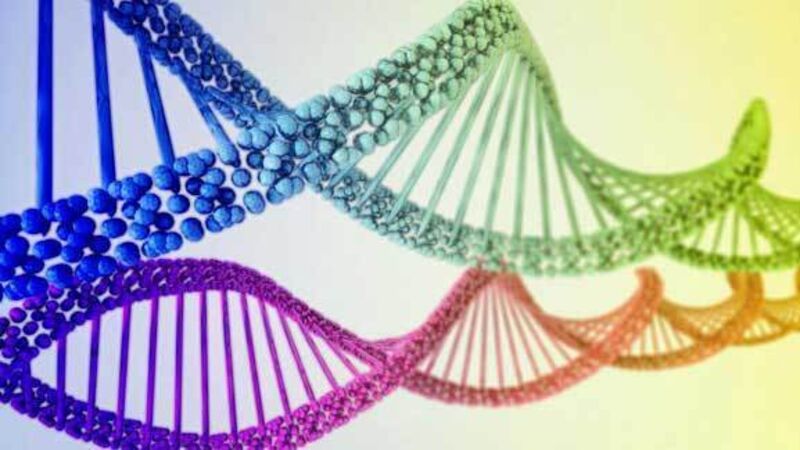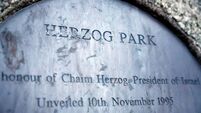DNA database leads way for gardaí

The database, established in November 2015, can match a crime stain from one scene to a crime stain from another scene — suggesting the same person committed multiple crimes — or can match a crime stain to an individual, suggesting a link between a person and a crime.
The database, operated by Forensic Science Ireland, identified 428 hits in 2016, which assisted 625 cases.
The FSI annual report for 2016 shows that these 625 cases comprised 43 cases where crime scenes were linked to each other, including 11 cases where there were “clusters” of crimes.
The 43 cases made up 105 “investigative links”, comprising some 55 burglaries, 15 unlawful takings of vehicles, 10 robberies/thefts, four murders, two firearms cases, and two assaults.
There were 385 person-to-stain matches — 308 involving single cases and 77 linking a person to multiple cases, providing assistance to 212 investigations. One person, a burglar, was linked to 13 different crimes.
“The database is a very strong intelligence tool as you are able to link people to crimes and the intelligence hits are followed up on the ground,” said Geraldine O’Donnell, the FSI’s director of DNA.
At the launch of the report yesterday, she said that in 625 cases, the database has given gardaí information they would not otherwise have had, particularly the 520 cases where they have linked a particular person to a crime.
She said it would take a while for these cases to end up in the courts.
The 520 cases involved 295 burglaries, 57 criminal damage, 42 robberies/thefts, 37 unlawful taking of vehicles, five sexual assaults, eight assaults, two murders, and 20 drug cases.
Dr O’Donnell said that in one case, last August, a balaclava was found near the scene of a shooting and a cigarette lighter was found in a car. “When they were compared, a profile was generated and when it was put into the database it matched somebody for a road traffic offence.”
FSI director Dr Sheila Willis said: “The fact that the database has been operating for just over a year and yet it is already linking one in every five crime scene samples to individuals is really encouraging.”
She said 9,048 DNA profiles from suspects, convicted criminals, and sex offenders were uploaded to the database by the end of 2016, a figure now running at a rate of 1,000 profiles a month.
In relation to all of the work of the FSI, the report states that “because of backlogged cases due to staff shortages”, the FSI did not reach its goal of meeting delivery times to gardaí “for the vast majority of cases”.
Dr Willis said they are waiting for new staff members to come in and that by the end of next year there should be a big difference.
The report says DNA was used extensively in major drug seizures and investigations into gangland murders last year.












